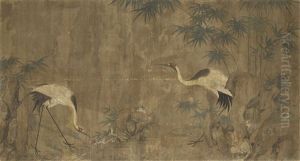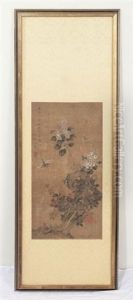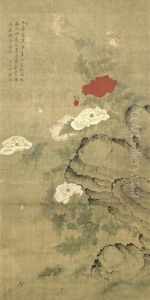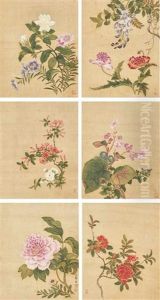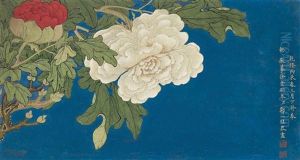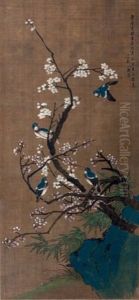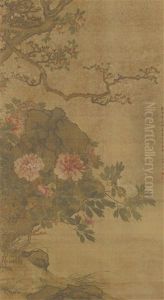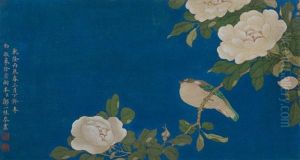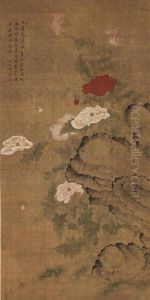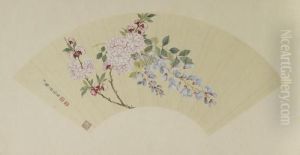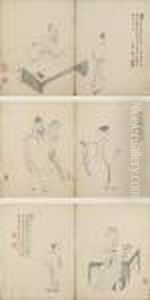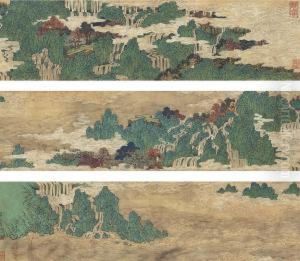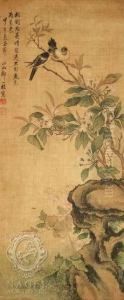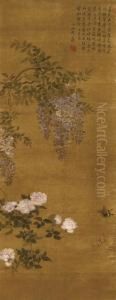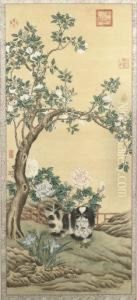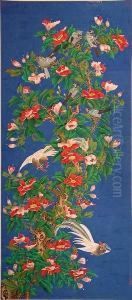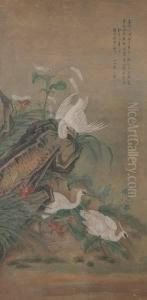Zou Yigui Paintings
Zou Yigui was a Chinese painter during the Qing Dynasty, known for his delicate and refined approach to traditional Chinese painting, especially his bird-and-flower paintings. Born in the year 1686, in Wuxi, Jiangsu province, he lived during a period of significant change and cultural evolution in China, as the Qing Dynasty gradually established its rule over the multi-ethnic empire.
Zou Yigui was a court painter for the Qing court and was recognized for his ability to blend the precise style of the court with the freer expressions found in literati painting. His works often displayed a high level of detail and a mastery of brushwork, which he used to create intricate compositions of flora and fauna. His bird-and-flower paintings, in particular, are celebrated for their vivid realism and the sense of life they convey, embodying the traditional Chinese symbolic meanings of harmony between humanity and nature.
Throughout his career, Zou Yigui received numerous commissions from the imperial court, which contributed to his reputation as one of the leading artists of his time. His works were collected by the imperial family and the elite of Chinese society, which further solidified his status as an important figure in the art world of the Qing Dynasty.
Zou Yigui's influence extended beyond his lifespan, as his approach to painting inspired future generations of artists. His meticulous attention to detail and his ability to capture the essence of his subjects without appearing overly stylized made his work a benchmark for quality and technical skill in Chinese painting.
He passed away in the year 1772, leaving behind a legacy that continues to be appreciated in the history of Chinese art. His paintings are not only valued for their artistic merit but also for their historical significance, providing insight into the aesthetics and cultural values of the Qing Dynasty.
